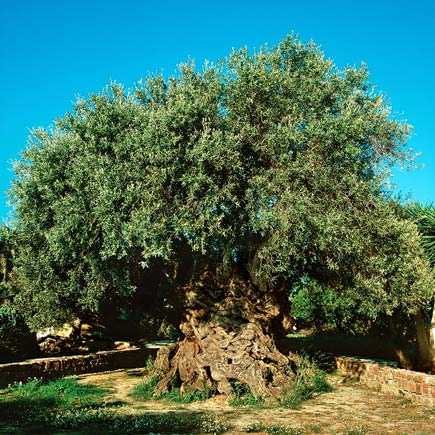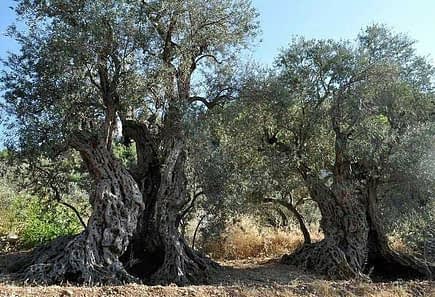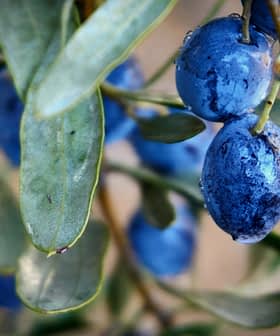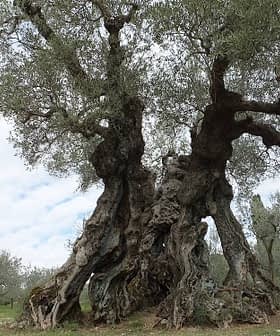The olive tree is declared by many to be the perfect botanical specimen – a tree with a heart and soul. It provides health-enriching products, is beautiful to behold, and extremely hardy — being resistant to both fire and drought.
Such characteristics enable it to live for vast periods of time. But exactly how long mankind has been benefitting from this splendid tree is still somewhat of an enigma.
The archaeological record stands testament to the extent that olive trees have been interwoven with different civilizations since ancient times; and antiquity has provided us with numerous references, for example:

Vouves Olive Tree
- the olive tree was said to be a gift from the goddess Athena to the city of Athens for making her their patron goddess
- an olive wreath was given to winners of the ancient Olympic games
- referred to as “liquid gold” by Homer, olive oil was a commonly used skin care product by the Phoenicians, Egyptians, Romans, and Greeks
- the Bible references olive trees and olive oil on more than 140 occasions
.
Located on the Greek island of Crete can be found a living piece of antiquity. Estimated at anywhere from 3,000 to 5,000 years old is the ‘Vouves Olive Tree’ — fittingly treasured as a living monument and still producing highly prized olives to this day.
But the olive tree of Vouvres has some stiff competition from Northern Lebanon. Trees called ‘The Sisters’ produce an award-winning extra virgin olive oil with extremely high polyphenols and acidity levels of between 0.18º and 0.24º. The taste is described as intense, fruity, medium pepper, with a palette of fresh grass; buttery with notes of almond and walnut.
Proceeds from sales are used to fund a preservation program. ‘The Sisters’ are said to be from an undocumented olive tree variety, an ancestor of the Balasi Ayrouni. And the asserted age of these spectacular trees? Over 6000 years — they are even claimed to be ‘the’ source of that olive branch brought by the dove back to Noah heralding the end of the flood.








